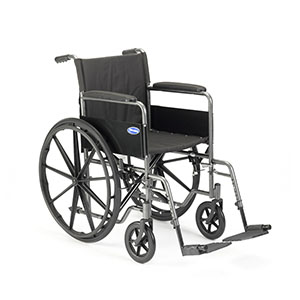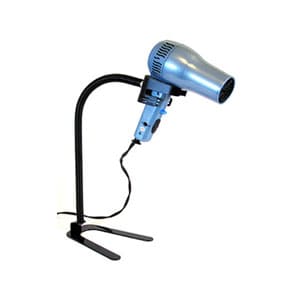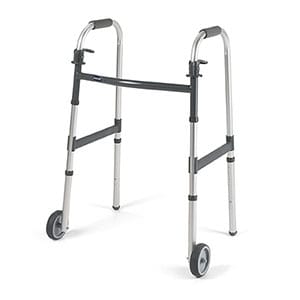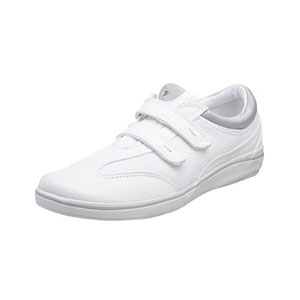Assistive Devices
Home Living Well Maintaining a Healthy Lifestyle Assistive Devices
Assistive Devices for Peripheral Neuropathy Muscle Weakness and Pain
Mechanical aids and other assistive devices can help reduce pain and lessen the impact of physical disability and muscle weakness. To help you remain as independent as possible, and maintain your own safety, it’s important to have the tools you need.
Getting Dressed:
- Use a bath mat in the tub or shower to keep from slipping. If the feeling of the mat is uncomfortable, wear flip-flops or other waterproof shoes like Aquasox.
- Use a bath chair if you cannot stand unassisted
- LED shower water thermometer
- Compression stockings
- Sock aid
- Orthopedic shoes can improve gait disturbances and help prevent foot injuries in people with a loss of pain sensation. Be sure to check your feet regularly for cuts, abrasions or injury to your feet
- Long-handled shoe horn
- Hair dryer stand
- Long-handled bath tools – brushes or sponges
- Electric razor
- Electric toothbrush
- Zipper pulls
- Velcro closures on shoes
- Button hook
Around the House:
- Use handrails and grab bars, if needed, for balance
- Thermometer to check the temperature of your shower or bath water
- Use gloves when doing housework. Be sure to check for any cuts, abrasions, burns or injury to your hands.
- Use push button cleaner dispensers, installed at the right height for you
- Use a wheeled laundry cart
- Automated soap dispensers
- Universal Hand ClipTM
- Easi-GripTM Contoured Carving Knife & Fork
- Easi-TwistTM Grip Jar Opener
- EZ Key TurnerTM
Getting Around:
- Hand or foot braces can compensate for muscle weakness or alleviate nerve compression
- Cane – make sure you are fitted properly so you do not compound the problem with balance
- Walker – have the walker adjusted to the proper height so you are not leaning over too far
- Wheelchair
Finding the ambulatory device that is right for you
Many people struggling with peripheral neuropathy need some help getting around – they have weakness or instability. Learn how you and your healthcare provider can determine the best mechanical aid for you. There are multiple types of assistive devices: canes, crutches, and walkers. This article will also help you learn how to make sure you get the best fit for you – to keep you safe!
Source: American Family Physicians: Click here to read the article
Other resources
For pictorial suggestions for devices that may be of help to you, please click here.
Our Facebook community has provided some of their favorite products that they have found useful. Maybe something here will be useful for you, too!
Shoes:
- AcornTM padded slippers
- AdidasTM Sport Sandals
- AsicsTM
- CrocsTM
- HavaianasTM
- MephistoTM
- SASTM
- Sheepskin moccasins
Socks (and other footwear):
- AcornTM fleece socks
- BombasTM socks
- Ducks UnlimitedTM socks
- Fleece-lined knee highs (This is a women’s fashion item. Various brands can be found on Amazon.)
- Heatmax “Toasti-ToesTM” (These are adhesive foot warmers that can be applied on the outside of your sock underneath your toes.)
- Socks made with HoloFiberTM or CelliantTM fabric
- VoxxLifeTM neuropathy socks
- Magnetic insoles (e.g., TherionTM, NikkenTM)
- TED hose for swelling
- Very superfine gauge and seamless socks
- Seamless bamboo socks
- DIY Tip: Cut off the tight elastic top of socks, and overcast the edges on a sewing machine for additional comfort
Supplies:
- Hoop to keep blankets off of feet in bed (Foot Sleep GuardTM)
- Pillow between legs (ContourTM)
- For soft comfort at night, a soft sheepskin throw does the trick as a resting spot for sensitive feet
FPN Links:



